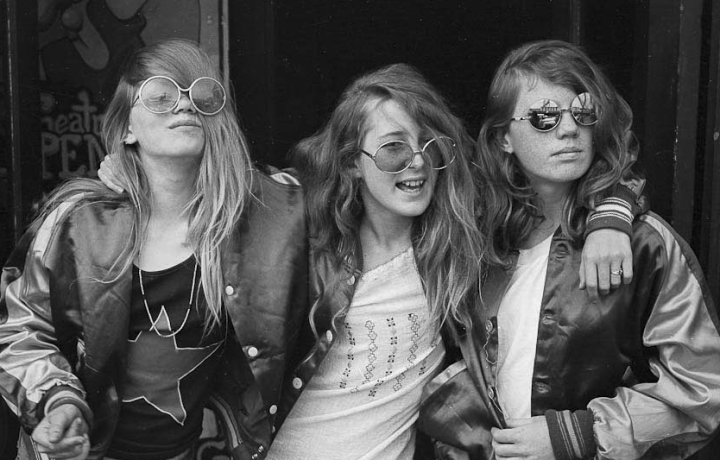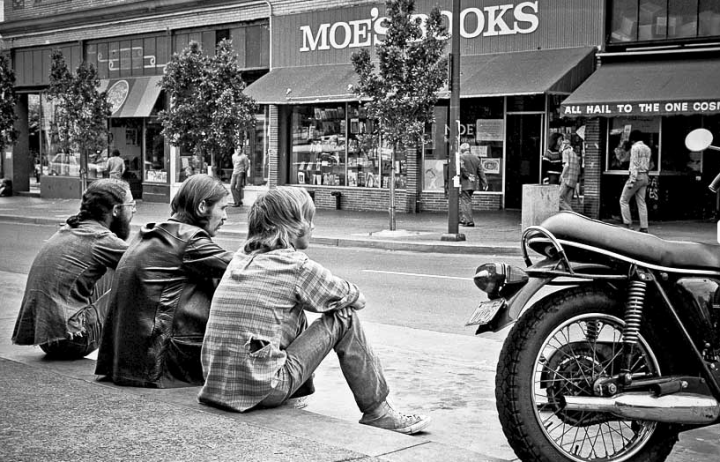For decades, Telegraph Avenue has been the Boulevard of Unconventional Berkeley — a bohemian enclave, then the Free Speech Movement, anti-Vietnam War, People’s Park, hippies, punks, street people. Before the Big Changes of the late 1960s, on Telegraph you could buy out-of-town and foreign-language newspapers, croissants, espresso drinks, Turkish cigarettes and Gauloises.
You could watch foreign-language films at the Cinema Guild and Cinema Studio, and read what Pauline Kael had to say about the movies, and play chess, and everywhere was baroque music and folk music. There were boutiques and haberdasheries and art galleries and mom-and-pop grocery stores. And the used bookstores! What a world! We were Athens, this was our Bleecker Street, our Boulevard Saint-Michel with a touch, perhaps, of Bourbon Street and Dylan’s Desolation Row.
And then came the Big Changes. Telegraph became a battlefield in the late 1960s, literally and culturally. Telegraph Avenue between Haste Street and Dwight Way was the epicenter of countercultural change in Berkeley, and there exists a striking photographic documentation of that block at that time by Nacio Jan Brown.
Brown arrived in Berkeley as a freshman at Cal in the fall of 1960. In 1965, he started to photograph Berkeley in earnest. ...
Many of Brown's photographs documenting life on Telegraph Avenue were taken from the Med shooting across to the Rag Theatre clothing store, street level of an apartment house known not just a little facetiously as the Telegraph Hilton. His modus operandi was to arrive on the Avenue before the young people. He became part of the scene, not an outsider photographing it.

Brown stopped shooting on Telegraph in 1973. He was exhausted. “There came a time when I just couldn’t shoot anymore.” Things were getting ugly. He continued having coffee at the Med regularly until the early 1980s, and then stopped going to Telegraph at all. Too ugly, too sad. Hard drugs and exploitation had slowly supplanted marijuana and hope/joy, even as he was shooting the block. The kids of Telegraph moved on. Many died young, way too many, casually disappearing. Some thrived in life, and look back on the years on Telegraph with appreciation and fondness. Some struggle still.
